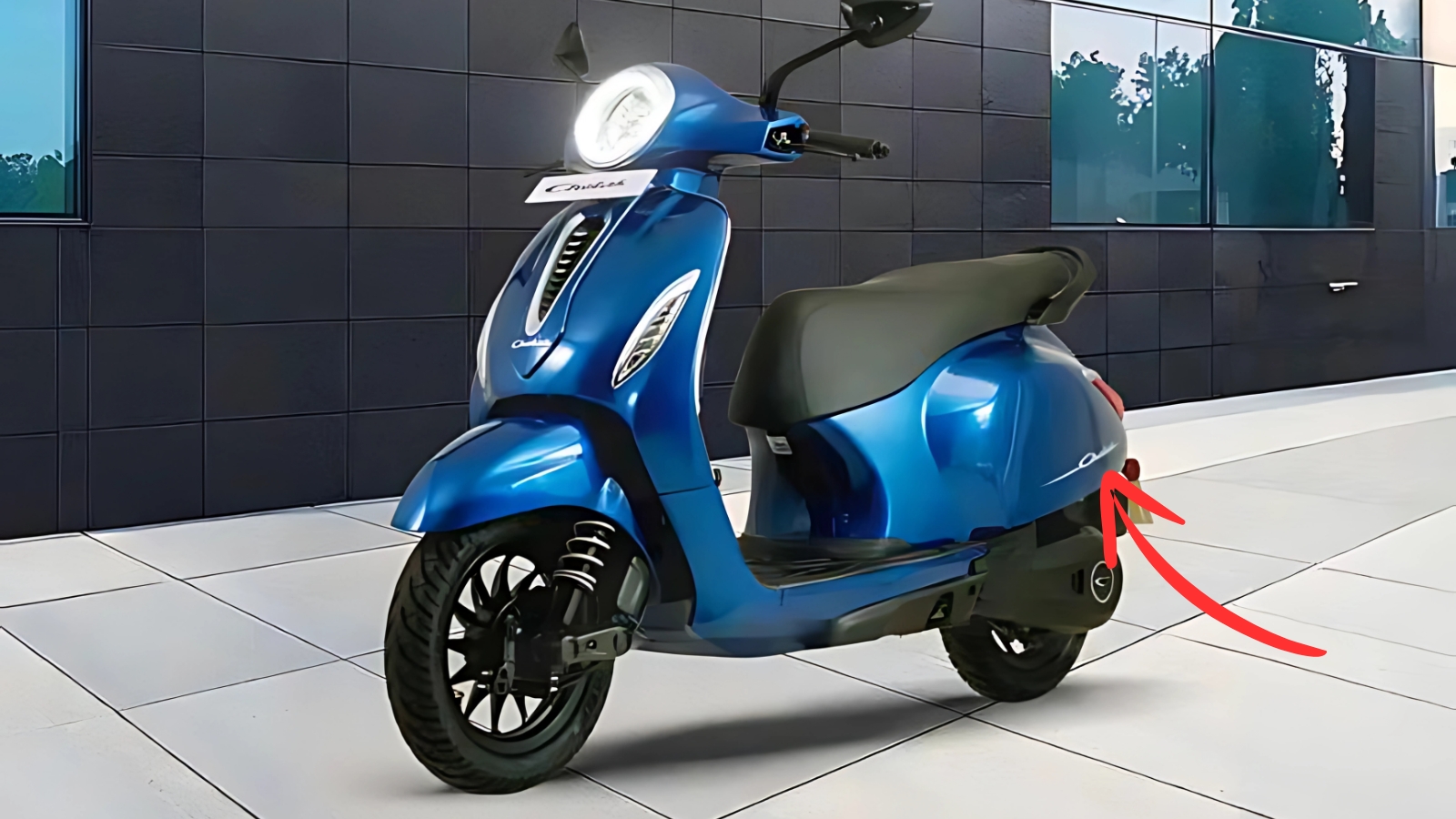Bajaj Chetak 3001: The Bajaj Chetak 3001 marks a significant milestone in India’s transition toward sustainable transportation, representing a masterful revival of one of the country’s most beloved scooter brands with cutting-edge electric technology. This modern iteration of the iconic Chetak nameplate combines nostalgic design elements with contemporary engineering prowess, creating an electric scooter that appeals to both traditional scooter enthusiasts and environmentally conscious urban commuters. The Chetak 3001 demonstrates Bajaj’s commitment to sustainable mobility while maintaining the reliability and practicality that made the original Chetak a household name across Indian families.
Electric Powertrain and Performance Dynamics
The Chetak 3001 features a sophisticated electric powertrain built around a high-efficiency permanent magnet synchronous motor that delivers smooth and silent operation. This electric motor produces approximately 4.08 kW of power, providing instant torque delivery that creates responsive acceleration from standstill. The motor’s characteristics eliminate the need for gear changes, resulting in seamless power delivery that makes urban navigation effortless and enjoyable.
The powertrain incorporates regenerative braking technology that recovers energy during deceleration and braking, extending the overall range while reducing wear on mechanical brake components. This system operates transparently to the rider, providing natural braking feel while contributing to energy efficiency. The motor controller includes multiple riding modes that adjust power delivery and regeneration characteristics based on riding conditions and user preferences.
The scooter achieves a top speed of 60 kilometers per hour, making it suitable for city commuting and short highway stretches commonly encountered in Indian traffic conditions. The acceleration characteristics provide adequate performance for overtaking slower vehicles and merging into traffic, while the silent operation contributes to reduced noise pollution in urban environments.
Battery Technology and Charging Infrastructure
The heart of the Chetak 3001 lies in its advanced lithium-ion battery pack that incorporates thermal management systems to ensure optimal performance across varying temperature conditions. The battery capacity provides a claimed range of up to 95 kilometers on a single charge under ideal conditions, making it suitable for most daily commuting requirements without range anxiety.
The charging system supports both home charging through a standard domestic power outlet and fast charging options for commercial applications. The onboard charger can replenish the battery from empty to 80% capacity in approximately 4 hours using a standard 15-amp domestic connection. The charging port is conveniently located and protected from weather elements, ensuring reliable operation during monsoon conditions.
Battery management systems monitor individual cell voltages and temperatures to prevent overcharging and thermal runaway, ensuring long-term reliability and safety. The battery pack includes multiple safety features such as overcurrent protection, thermal cutoffs, and impact sensors that disconnect power in case of accidents, providing comprehensive protection for both the vehicle and its occupants.

Design Heritage and Modern Aesthetics
The Chetak 3001’s design philosophy pays homage to the original Chetak’s timeless proportions while incorporating contemporary styling elements that appeal to modern sensibilities. The body panels feature smooth, flowing lines that create an elegant silhouette reminiscent of classic Italian scooter design. The front apron integrates seamlessly with the headlight housing, creating a cohesive visual statement that stands out in today’s angular scooter market.
The color palette includes carefully selected options that reflect both traditional and contemporary preferences, with premium paint finishes that resist fading and maintain their appearance over extended periods. Chrome accents and badging add premium touches that elevate the scooter’s perceived value while maintaining the authentic character that Chetak enthusiasts appreciate.
The seat design prioritizes comfort for both rider and passenger, featuring premium upholstery materials that provide durability and weather resistance. The floorboard design offers adequate space for comfortable foot placement while maintaining the classic scooter proportions that define the Chetak identity. The handlebar design and control layout emphasize ease of use and ergonomic comfort during extended rides.
Tata Curvv EV – Dark edition launched with advance features, range is high
Bajaj Chetak 3001 Technology Integration and User Experience
The Chetak 3001 incorporates modern technology features that enhance the ownership experience while maintaining simplicity in operation. The instrument cluster combines analog and digital displays that provide essential information including speed, battery level, range estimation, and riding mode selection. The display design prioritizes readability under various lighting conditions while maintaining the classic aesthetic theme.
Connectivity features include smartphone integration through a dedicated mobile application that provides remote monitoring of battery status, charging history, and vehicle location. The application includes features such as ride statistics, maintenance reminders, and theft alerts that enhance the overall ownership experience. The system also supports over-the-air updates for firmware improvements and feature additions.
The Chetak 3001 demonstrates impressive efficiency, consuming approximately 1.2 units of electricity per 100 kilometers, making it extremely economical to operate compared to conventional petrol scooters. The maintenance requirements are minimal due to the electric powertrain’s simplicity, with regular service intervals focusing on brake inspection, tire maintenance, and battery health monitoring, significantly reducing long-term ownership costs.
